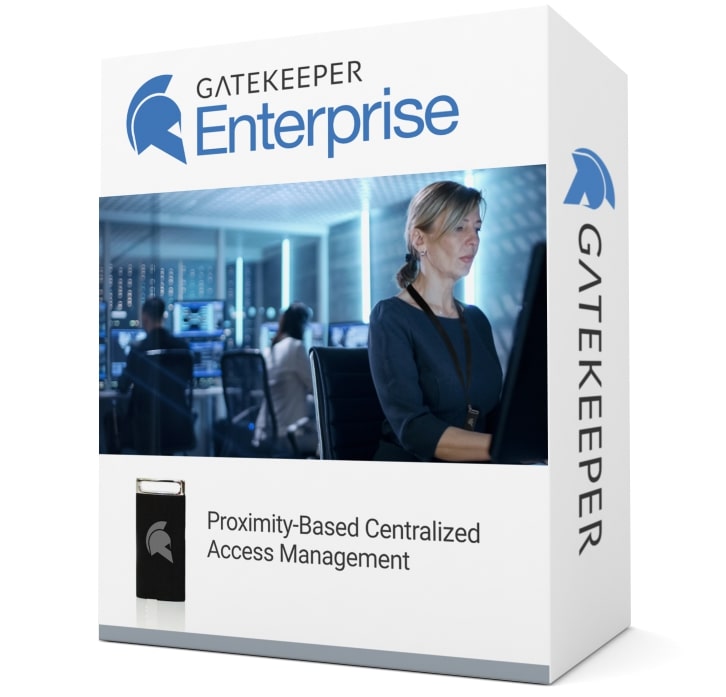
What is Hypercare Support?
Hypercare Support
Hypercare refers to an intensified, short-term support phase immediately following a major change—such as a product launch, system migration, or organizational transformation. During this critical window, teams remain highly vigilant and proactive, ensuring any customer or user concerns are addressed swiftly to guarantee a smooth transition and prevent disruptions
How Is Hypercare Different from Standard Support?
| Feature | Regular Support | Hypercare Support |
|---|---|---|
| Duration | Ongoing, indefinite | Limited, event-specific window |
| Approach | Reactive, as issues arise | Proactive, anticipating issues before they occur |
| Team Structure | General support staff | Dedicated, cross-functional hypercare team |
| Objectives | Handle daily tickets | Ensure adoption, reduce churn, and boost confidence |
Why Hypercare Matters
-
Improves Customer Satisfaction (CSAT): Fast, proactive responses help ease friction during transitions
-
Reduces Churn: Prevents dissatisfaction that could lead customers to leave Boosts
-
Adoption Rates: Real-time guidance helps users adopt new systems or features effectively
Key Elements of Effective Hypercare
-
Define the Hypercare Window & Scope
-
Set a clear timeframe based on the complexity of the change—anywhere from a few days to several months
-
Determine focus areas like onboarding new users, feature adoption, or major upgrades.
-
-
Build a Dedicated Hypercare Team
-
Roles include Hypercare Manager, Technical Specialists, Communication Leads, Support Agents, and Data Analysts
-
Create escalation matrices (Tier 1 → Tier 2 → Team Lead) for rapid response.
-
-
Establish Clear Communication Channels
-
Offer dedicated support hubs: email, phone, chat, or in-app messaging.
-
Kick off with advance communication: announcements, timelines, and expectations
-
Maintain frequent updates during and after transition phases.
-
-
Real-Time Monitoring & Reporting
-
Develop Self-Service Content
-
Publish targeted knowledge base articles, FAQs, tutorials, and videos specific to the transition.
-
Empower users to resolve routine questions independently, freeing up agents.
-
-
Analyze & Apply Feedback Continuously
-
Collect feedback via surveys and support metrics.
-
Update resources and training based on trending issues.
-
Common Hypercare Challenges
-
Agent Burnout: High demand and 24/7 availability can exhaust support staff. Mitigate with automation, shifts, and self-service tools.
-
Inadequate Preparation: Without thorough planning, support efforts can be disjointed.
-
Issue Prioritization Missteps: Failing to triage correctly can overwhelm teams and delay vital fixes .
-
Inconsistent Messaging: All team members must share accurate, up-to-date information to avoid confusing customers.
Measuring Hypercare Success
Track metrics such as:
-
Response and resolution times
-
Customer Satisfaction scores (CSAT)
-
Ticket deflection rate via self-service
-
Escalation rate and patterns
Use insights to refine future transition plans and maintain operational agility.
Typical Hypercare Timeline
-
Pre-launch (4–6 weeks out): Announce upcoming changes, prepare materials.
-
Launch day & immediate period: Full hypercare activation.
-
Post-launch (days to months): Ongoing monitoring, resource updates, phased handover.
-
Handover: Transition responsibilities back to regular support structures once stability is confirmed.
Hypercare is more than a support buzzword—it's a strategic investment in customer confidence and brand loyalty during critical change. By being proactive, well-staffed, and data-driven, organizations can turn potentially risky transitions into opportunities for trust-building and operational excellence.
Enterprise 2FA and password manager. One key for all your passwords. Experience fully automated login and security. Faster MFA, auto-OTP, password manager, and worry-free workflow with proximity-based privileged access management for Windows 11, 10, 8, 7, VPNs, websites, and desktop applications including MES, EHR, CAD, and more.
or call 240-547-5446

